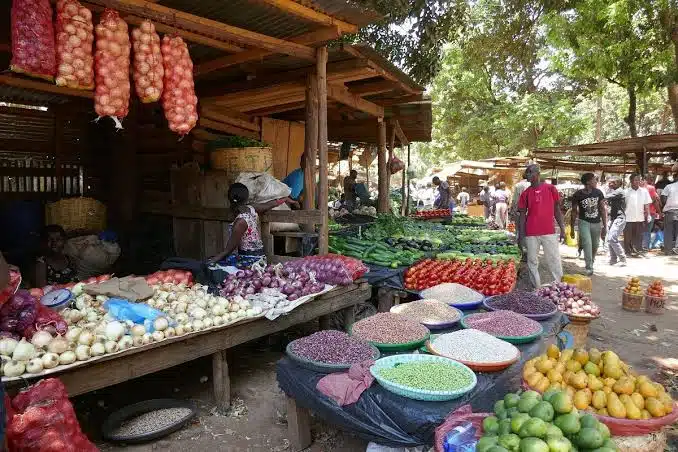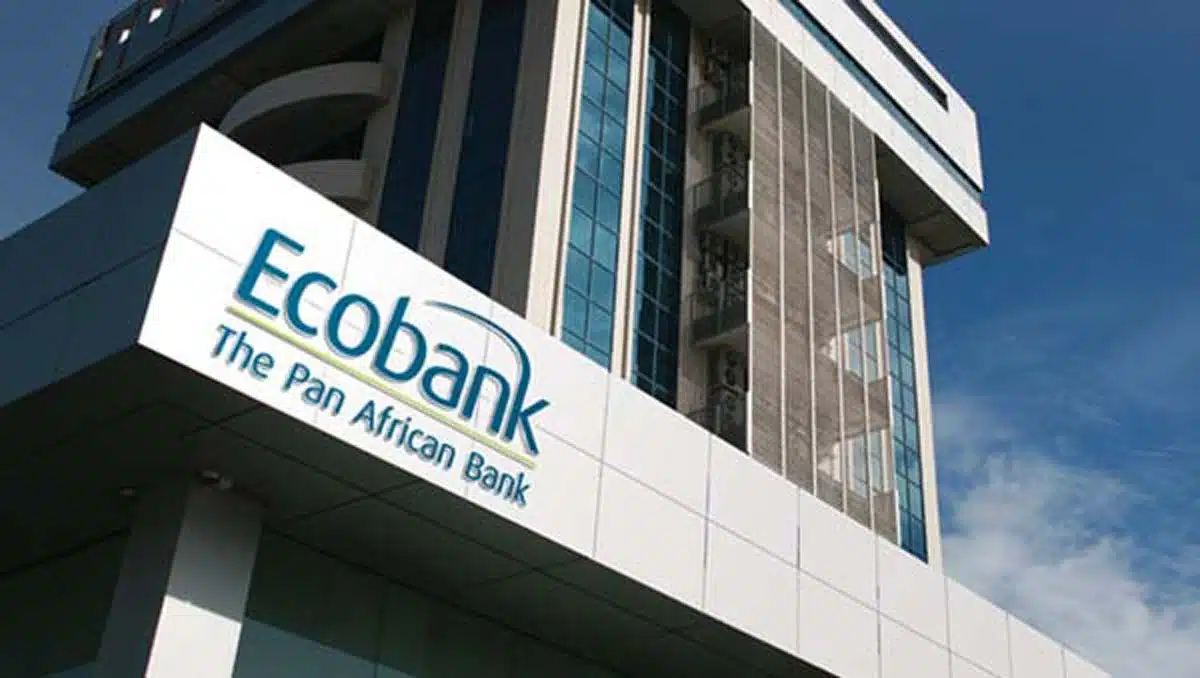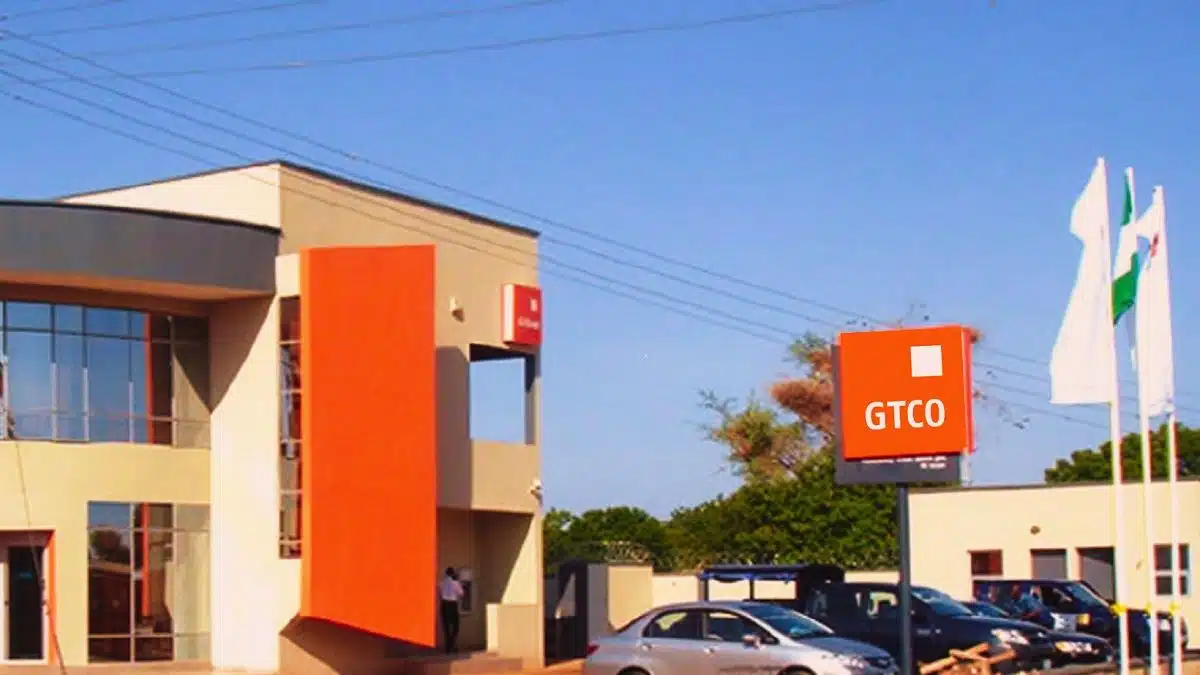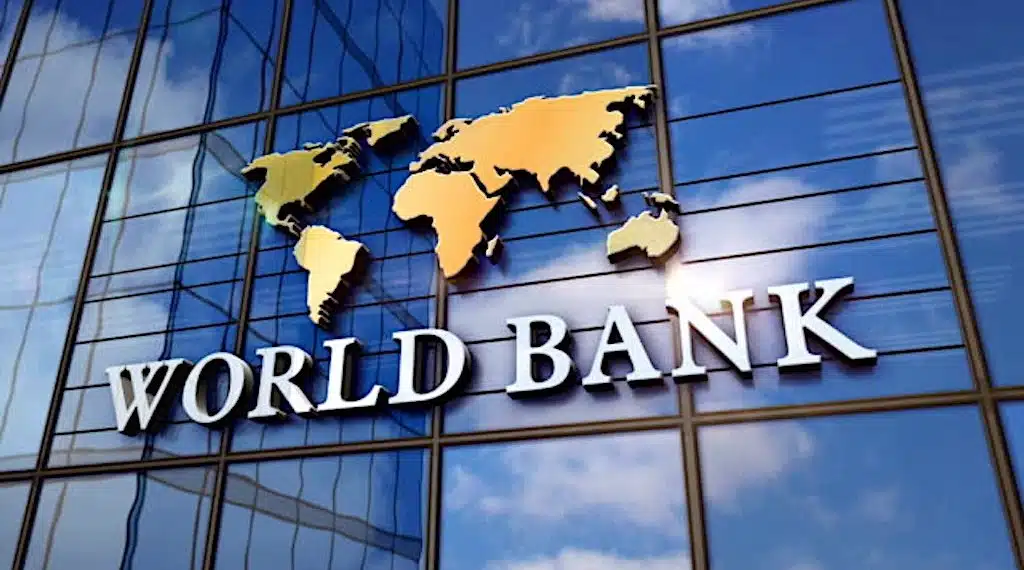Inflation in Malawi rose for the second consecutive month in January 2025 as the country grapples with severe food shortages caused by El Niño-induced droughts.
According to data from the National Statistical Office of Malawi seen by Bloomberg, the annual inflation rate increased to 28.5% in January, up from 28.1% in December.
This follows a brief reprieve in November 2024, when inflation dropped to 27%, its lowest level of the year.
However, the worsening food crisis has reignited inflationary pressures throughout the country.
El Niño’s impact on food security
Since the start of 2024, Malawi has been experiencing prolonged dry spells and erratic rainfall due to El Niño, a climate phenomenon that disrupts global weather patterns. These adverse weather conditions led to severe crop damage and low food production in the southern African country where 80% of the population rely on agriculture for their livelihood.
Naturally, food prices have also skyrocketed. The cost of Maize, the nation’s staple food, surged by 160% in April 2024, exceeding the five-year average.
According to humanitarian agencies, about 4.2 million Malawians faced acute food insecurity between May and September 2024, with projections indicating that the number could rise to 5.7 million by March 2025 as the lean season progresses.
Rising inflation and economic pressures
Inflation in Malawi averaged 32.2% in 2024, up from 28.8% in 2023, with food inflation surging to 40.2% from 37.1% the previous year.
Despite efforts by the Reserve Bank of Malawi (RBM) to contain inflation through a tight monetary policy, price pressures remain elevated. The central bank has maintained its benchmark interest rate at 26%, forcing commercial banks to keep lending rates high, with some reaching 35%.
Malawi’s economic challenges are further compounded by a high fiscal deficit and a weakening currency.
The current account deficit is estimated to reach 18.7% of GDP in 2024, while official foreign reserves were down to $119.9 million in August 2024—barely 0.5 months of import cover.
Additionally, the devaluation of the Malawi Kwacha by 44% in November 2023 and its subsequent depreciation has raised the transport costs for imported foods and agricultural inputs, further exacerbating the food crisis.
Despite the current economic strain, the World Bank forecasts a recovery in Malawi’s agricultural sector, which could spur broader economic growth. The bank projects real GDP growth of 4.2% in 2025, driven by improvements in agricultural output and positive spillovers in manufacturing and transportation.
“Real GDP growth is therefore projected at 4.2% in 2025 due to agricultural sector recovery and spillovers towards manufacturing and transportation subsectors,” the World Bank stated.
On another positive note, food inflation fell slightly to 6% on a month-on-month basis in January, from 6.2% in December 2024.
However, non-food inflation was up by 2.4%, a significant increase from 1.7% recorded in the preceding month.







